I'm using the gpio_get_level function documented here, which states that it returns a 0 or 1 depending on the value. What is the value if this function is called during a rising or a falling edge? Or can it never happen because of timing?
I tried to find this information in the datasheet but I couldn't find any information on this.
